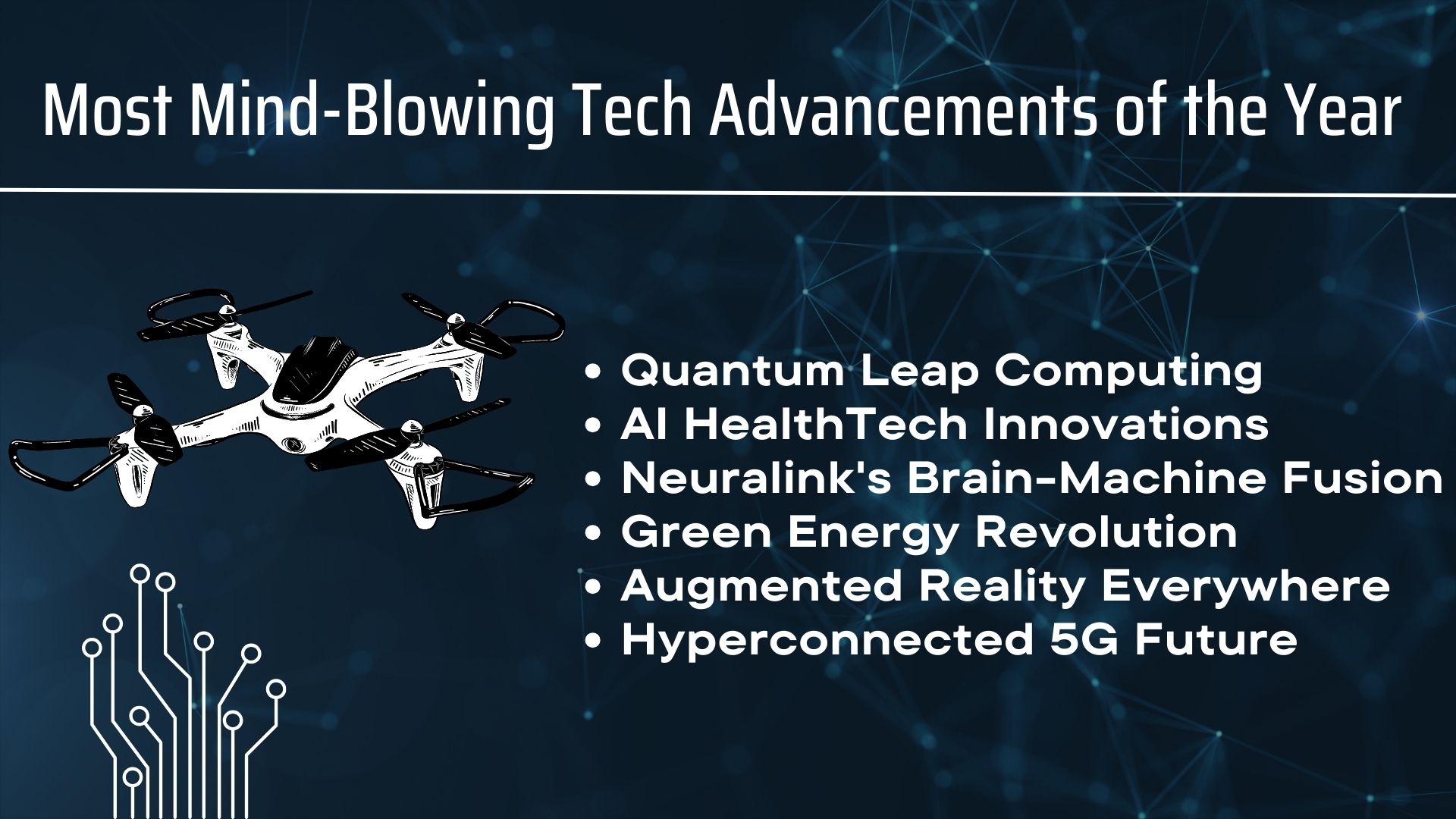Smart Cities: How Technology is Transforming Urban Living
In our rapidly changing world, cities are evolving to become smarter and more efficient. The integration of technology into urban spaces is revolutionizing the way we live, work, and connect with our surroundings. In this article, we will explore the concept of smart cities, how technology is reshaping urban living, and the positive impact it can have on our daily lives.
Understanding Smart Cities
A smart city is not just about flashy gadgets; it’s a holistic approach to enhance the quality of life for its residents. It involves the use of advanced technologies, data, and connectivity to improve the efficiency of urban services. These cities leverage information and communication technologies (ICT) to enhance performance and well-being, reducing costs and resource consumption in the process.
Key Components of Smart Cities
- Smart Infrastructure:
- Roads, buildings, and utilities are embedded with sensors and communication devices.
- Real-time data collection helps in monitoring and managing infrastructure effectively.
- Connected Transportation:
- Intelligent transportation technologies improve public transportation while easing road congestion.
- Smart traffic management and real-time information empower citizens to make informed commuting choices.
- Digital Governance:
- E-governance platforms enable citizens to access public services online.
- Improved communication channels between the government and residents enhance transparency and efficiency.
- Sustainable Energy:
- Integration of renewable energy sources and smart grids reduce energy consumption.
- Smart buildings equipped with energy-efficient systems contribute to environmental sustainability.
- Data Analytics:
- Big data and analytics are utilized to gather insights for better decision-making.
- Predictive analytics can help cities anticipate and address challenges before they escalate.
Positive Impact on Urban Living
- Efficient Resource Management:
- Smart cities optimize resource use, reducing waste and saving energy.
- Automated systems in water and waste management enhance efficiency and sustainability.
- Improved Mobility:
- Smart transportation systems reduce traffic congestion and improve overall mobility.
- Enhanced public transit options make commuting more convenient and environmentally friendly.
- Enhanced Safety and Security:
- Surveillance systems and emergency response mechanisms are improved through technology.
- Data-driven policing helps in crime prevention and rapid response.
- Quality Healthcare:
- Telemedicine and digital health records improve access to healthcare services.
- Wearable devices and sensors contribute to preventive healthcare measures.
Challenges and Concerns
While the benefits of smart cities are significant, challenges and concerns must be addressed. Privacy issues, data security, and the potential for increased social inequality need careful consideration. Additionally, the initial investment required for the implementation of smart city technologies can be a barrier for some municipalities.
Case Studies: Successful Smart City Initiatives
- Singapore:
- Utilizes a comprehensive smart city framework with a focus on sustainability.
- Smart traffic management, efficient waste management, and extensive use of IoT devices.
- Barcelona:
- Implemented smart lighting, waste management, and water systems.
- Citizen engagement through mobile apps and open data initiatives.
- Copenhagen:
- Prioritizes sustainability with smart solutions for energy, transportation, and waste.
- Emphasis on creating a city for people, promoting cycling, and green spaces.
The Future of Smart Cities
As technology continues to advance, the potential for smart cities to positively impact urban living is immense. The integration of artificial intelligence, 5G connectivity, and the Internet of Things (IoT) will further enhance the capabilities of smart city systems. The focus should be on creating inclusive, sustainable, and citizen-centric urban environments that harness technology for the benefit of all.
FAQ
What exactly is a smart city?
A smart city is a city that uses technology, data, and connectivity to improve the efficiency of urban services, enhance the quality of life for residents, and reduce resource consumption. It involves the integration of information and communication technologies (ICT) into various aspects of city life.
What are the key components of smart cities?
Smart cities incorporate several key components, including smart infrastructure (sensors and communication devices embedded in roads and buildings), connected transportation (intelligent transportation systems), digital governance (e-governance platforms), sustainable energy solutions, and data analytics for better decision-making.
How do smart cities positively impact urban living?
Smart cities bring about positive changes by promoting efficient resource management, improving mobility through smart transportation systems, enhancing safety and security through technology, and providing better access to healthcare services. Additionally, they contribute to environmental sustainability and overall quality of life.
What challenges and concerns are associated with smart cities?
Challenges include privacy issues, data security concerns, and the potential for increased social inequality. The initial investment required for implementing smart city technologies can also be a barrier for some municipalities.
Can you provide examples of successful smart city initiatives?
Certainly! Singapore is known for its comprehensive smart city framework, focusing on sustainability and employing smart traffic management and waste management systems. Barcelona has implemented smart lighting, waste management, and water systems, along with citizen engagement through mobile apps. Copenhagen prioritizes sustainability with smart solutions for energy, transportation, and waste, emphasizing a city for people.
How do smart cities address environmental sustainability?
Smart cities contribute to environmental sustainability by integrating renewable energy sources, implementing energy-efficient systems in buildings, optimizing water and waste management, and promoting sustainable transportation options.
What is the role of data analytics in smart cities?
Data analytics in smart cities involves the use of big data to gather insights for better decision-making. It allows cities to anticipate and address challenges proactively, contributing to more efficient and effective urban management.
How can smart cities ensure inclusivity and accessibility for all residents?
Ensuring inclusivity in smart cities requires a focus on responsible and inclusive implementation of technology. It involves making the benefits of technology accessible to all residents, addressing digital divides, and prioritizing the well-being of citizens in the design and implementation of smart city initiatives.
What is the future of smart cities?
The future of smart cities involves continued advancements in technology, including the integration of artificial intelligence, 5G connectivity, and the Internet of Things (IoT). The focus should be on creating inclusive, sustainable, and citizen-centric urban environments that harness technology for the benefit of all.
How can individuals contribute to the success of smart cities?
Citizens can contribute to the success of smart cities by actively engaging with technology, participating in civic initiatives, providing feedback on smart city projects, and adopting sustainable practices in their daily lives. Citizen involvement is crucial for the development of truly inclusive and people-centric smart cities.
Related article: Exploring Latest Tech Innovations Unveiling a World of Possibilities
Conclusion
Smart cities represent a paradigm shift in urban living, leveraging technology to create more efficient, sustainable, and livable spaces. While challenges exist, the potential benefits are significant. The key lies in responsible and inclusive implementation, ensuring that the benefits of technology are accessible to all residents. As we embrace the era of smart cities, it is crucial to prioritize the well-being of citizens, foster innovation, and create urban spaces that truly enhance the quality of life for everyone.



